As an architect, I believe buildings do more than just provide shelter. They shape how we live, interact, and experience our cities and communities. It’s my responsibility, and the responsibility of our profession, to ensure that architecture serves everyone, not just the privileged few. In this blog post, I want to explore the critical intersection of architecture and social issues – specifically highlighting accessibility, affordability, and equity.

Accessibility: Designing for All
The idea of universal design might seem straightforward – buildings and environments usable by everyone, regardless of age, ability, or circumstance. Yet, even in the 21st century, we continue to see spaces that exclude and marginalize. True accessibility is more than meeting basic code requirements. It’s about fostering genuine inclusion and belonging.
Here’s how we can go beyond the bare minimum:
- Understanding Diverse Needs: Accessibility isn’t just for those with visible disabilities. It considers cognitive impairments, sensory sensitivities, aging populations, and families with young children. Engaging with potential users with diverse needs during the design process is vital for understanding their experiences.
- Prioritizing Usability: Wide doorways and smooth transitions are a start, but what about features like intuitive wayfinding, adjustable lighting and sound control, or spaces for rest and respite? Thoughtful design offers independence and dignity.
- Embracing Technology: Smart home systems, assistive devices, and customizable environments enable greater participation. Architects should be aware of emerging technologies to integrate them seamlessly into designs.
- Universal Design as Beautiful Design: Accessible features don’t have to be sterile or institutional. Materials, forms, and integrated landscaping enhance both function and aesthetics.
Affordability: Architecture that Doesn’t Break the Bank
Housing is a fundamental human right. Yet, across the globe, we’re seeing a crisis of affordability in both urban centers and more rural areas. Architects have a role to play in addressing this challenge.

Strategies for affordable design include:
- Embracing Density: Well-designed multi-family housing can maximize land use, reduce infrastructure costs, and create vibrant, walkable communities. Rethinking restrictive zoning laws that promote single-family homes is essential.
- Smart, Compact Living: Small footprints don’t have to equal cramped living. Efficient layouts, multi-use spaces, built-in storage, and access to shared amenities make more possible with less square footage.
- Material Innovations: Prefabrication, modular construction, and the creative use of locally-sourced or recycled materials can unlock efficiency and reduce costs.
- Long-Term Thinking: Prioritizing durable, low-maintenance materials and energy-efficient design reduces lifecycle costs for both owners and renters, increasing affordability over time.
Equity: Designing for a Just Future
Our built environment has too often perpetuated inequality. Redlined neighborhoods, highways bulldozed through marginalized communities, and a lack of quality housing and public spaces for low-income individuals and families are a legacy of unjust planning and architecture that focused on the privileged few.

We can and must be agents of change. Consider:
- Community Engagement as a Core Principle: Design cannot be done to a community; it must be done with them. Architects should seek meaningful participation from those most impacted by projects, centering their needs and aspirations.
- Reclaiming and Revitalizing: How can we redesign existing spaces to foster inclusion and address past injustices? Transforming disused infrastructure, creatively repurposing neglected buildings, and adding quality amenities to underserved neighborhoods can begin to repair damage.
- The Power of Public Space: Parks, plazas, libraries, and community centers are essential for social connection, health, and well-being. Ensuring equitable access to high-quality public spaces builds stronger, more resilient communities.
- Fighting Displacement: Gentrification and the displacement of long-time residents due to new development is a critical issue. Architects can advocate for policies that preserve existing affordable housing and ensure new projects benefit the whole community.
Inspiration and Examples: Doing Better
It’s easy to feel overwhelmed by the scale of these challenges. However, architects worldwide are already demonstrating innovative ways to tackle accessibility, affordability, and equity. Here are a few inspiring examples:
Alejandro Aravena (Chile)
Aravena’s firm, Elemental, is known for its “half a house” concept, where the basic structure of a home is built, and residents can expand and customize it over time as their needs and resources change. This approach has been used in social housing projects in Chile and Mexico, providing affordable homes that can adapt to families’ changing circumstances.
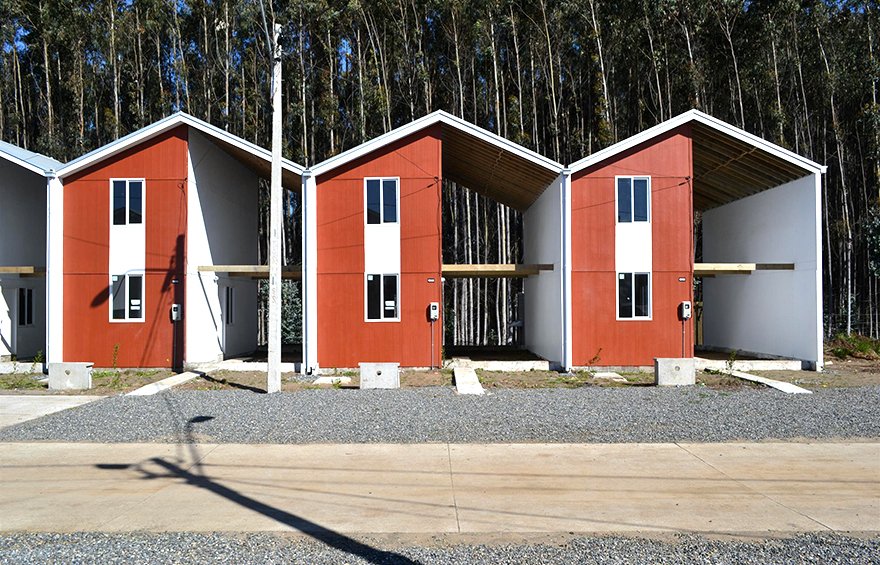
Balkrishna Doshi (India)
Doshi’s work focuses on creating affordable, sustainable, and community-oriented housing. His projects, such as Aranya Low Cost Housing and Sangath Studio, demonstrate how thoughtful design can create accessible, livable spaces that foster a sense of community and belonging.
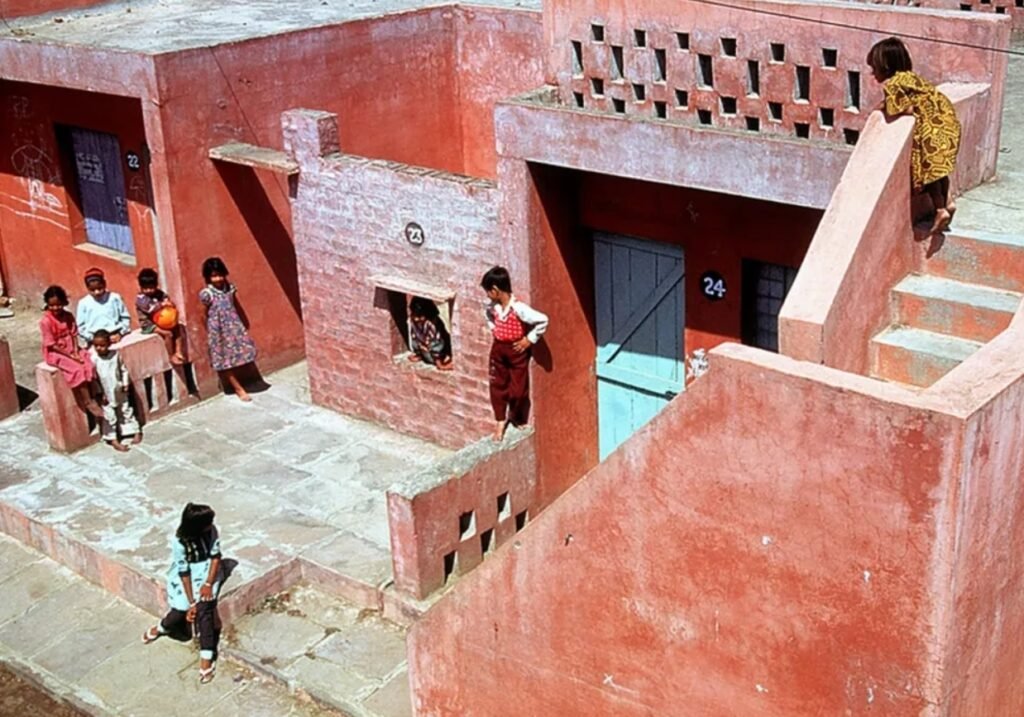
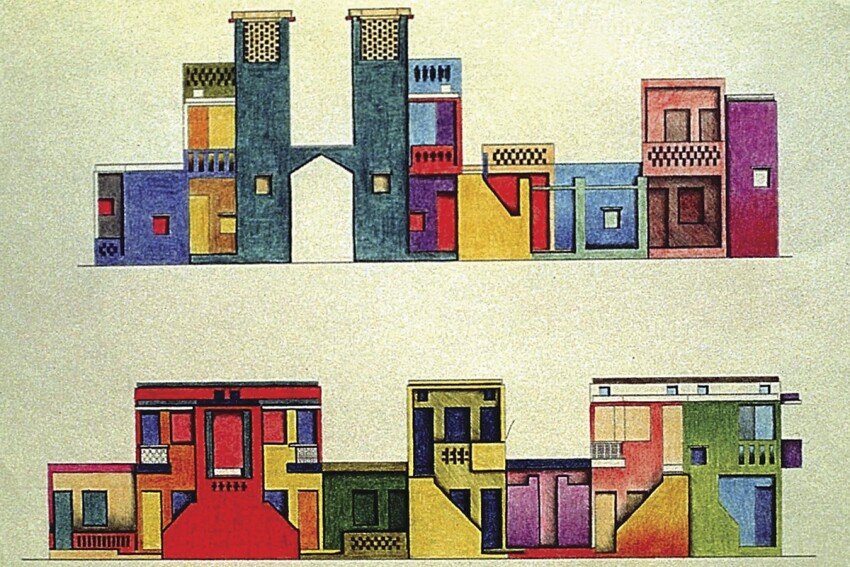
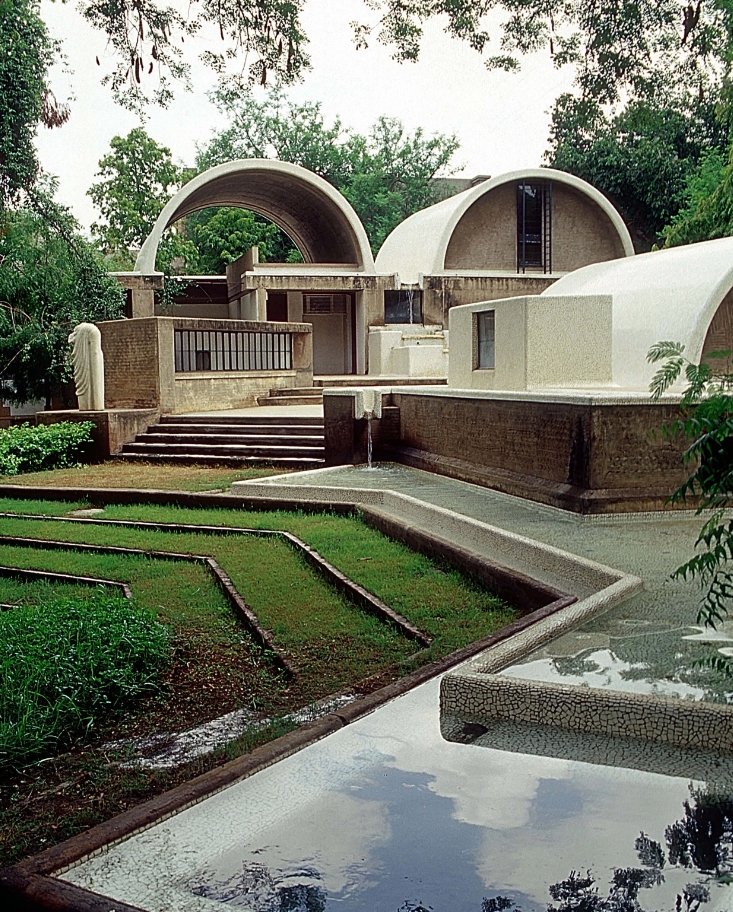
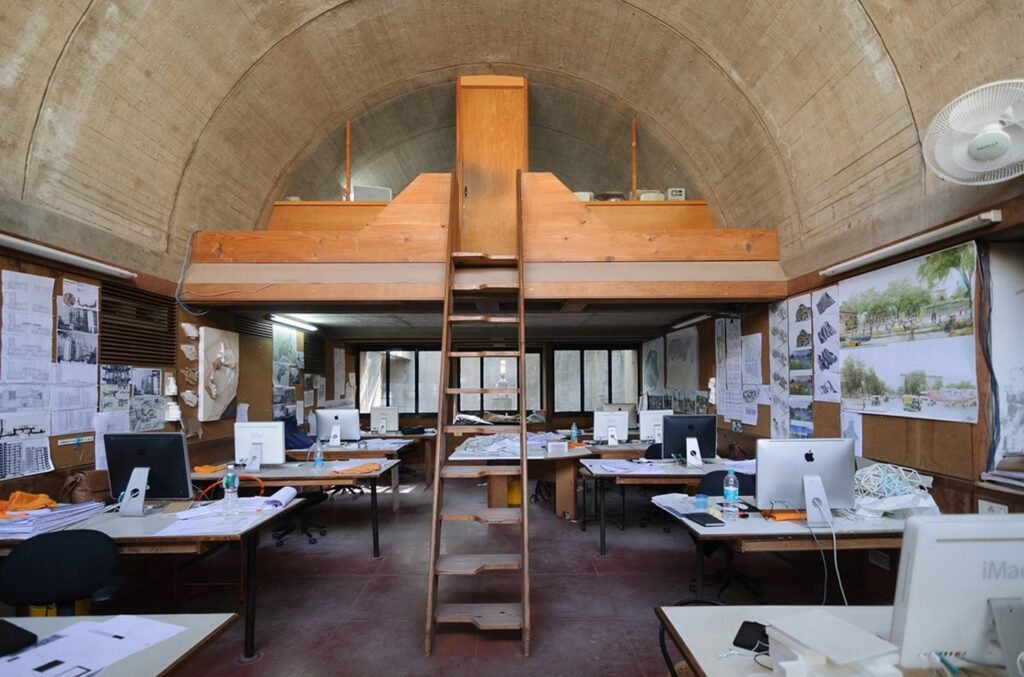
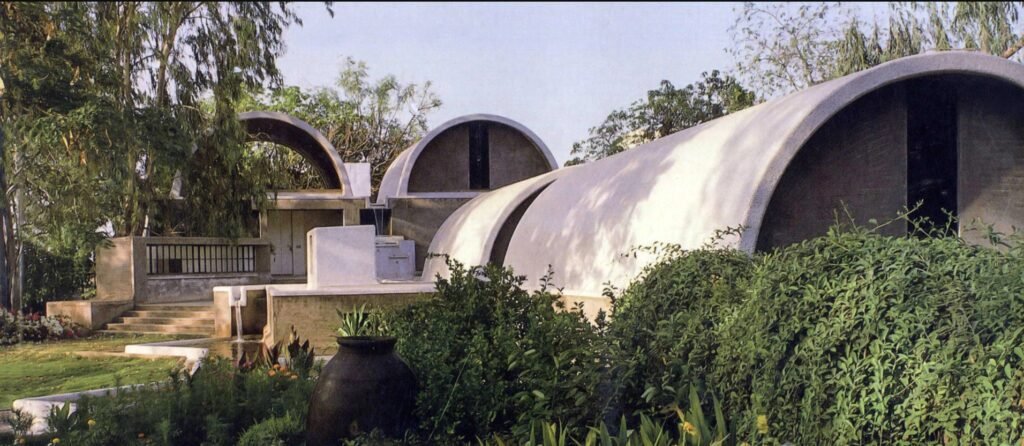
Francis Kéré (Burkina Faso)
Kéré’s designs prioritize the use of local materials, community engagement, and passive cooling techniques to create sustainable, affordable, and culturally-responsive buildings. His projects, such as the Gando Primary School and the Burkina Faso National Assembly, showcase how architecture can serve the needs of underserved communities.
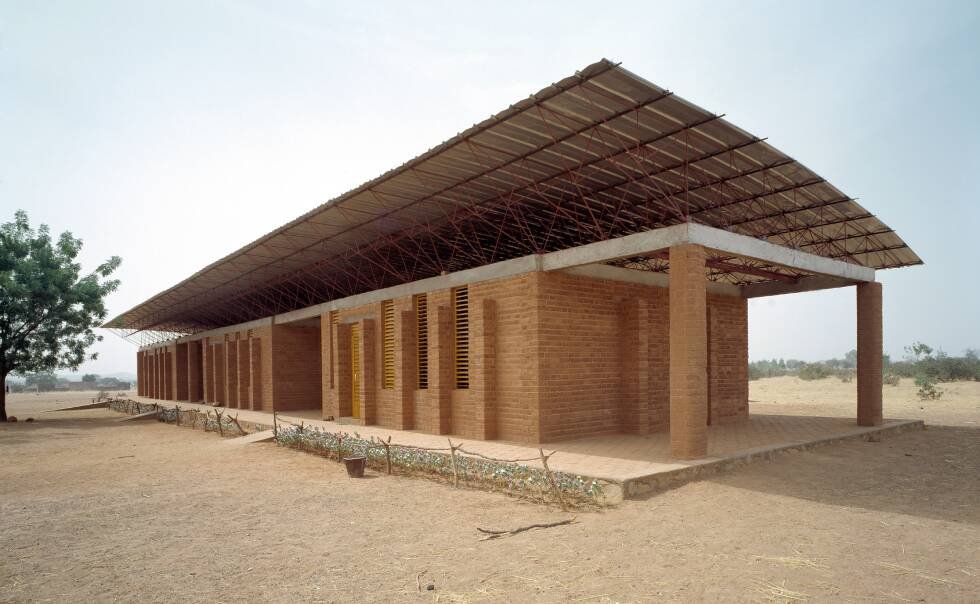
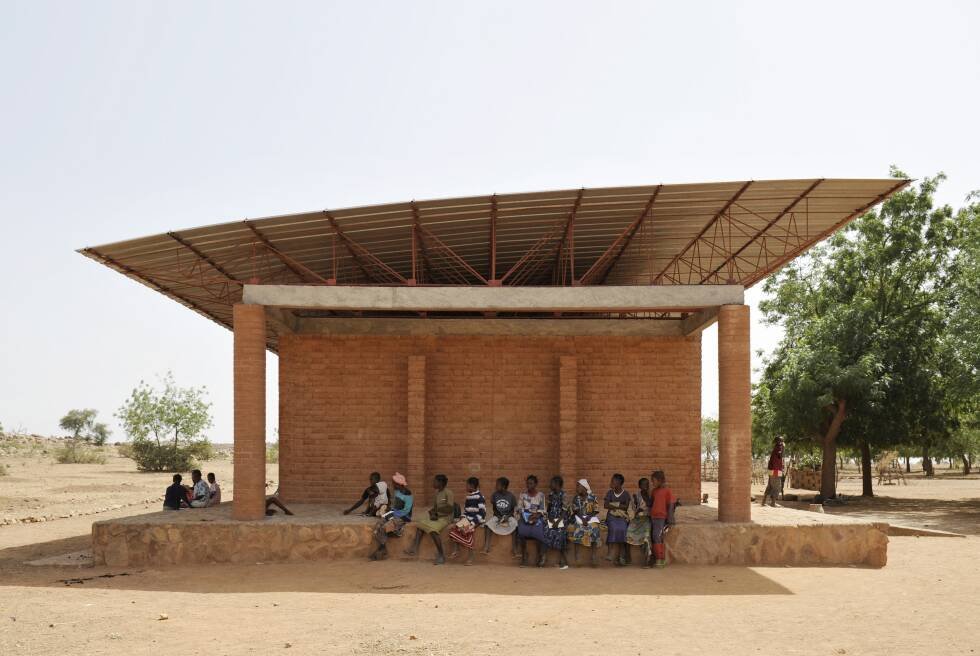
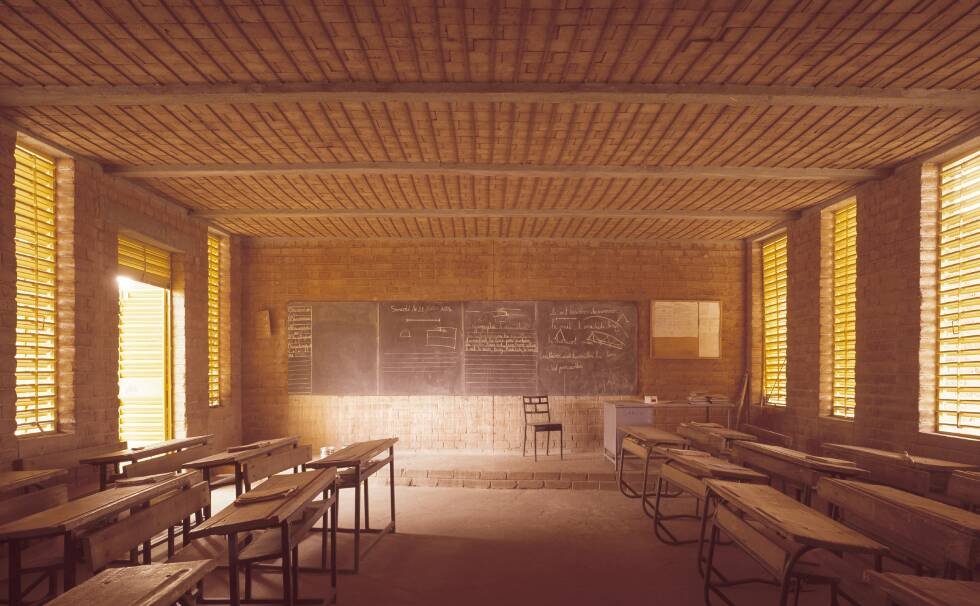
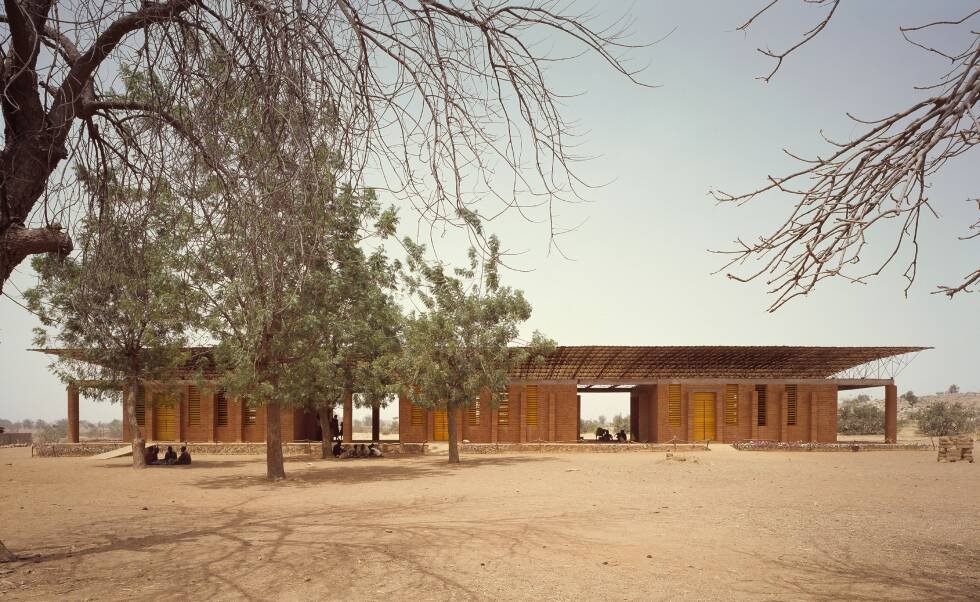
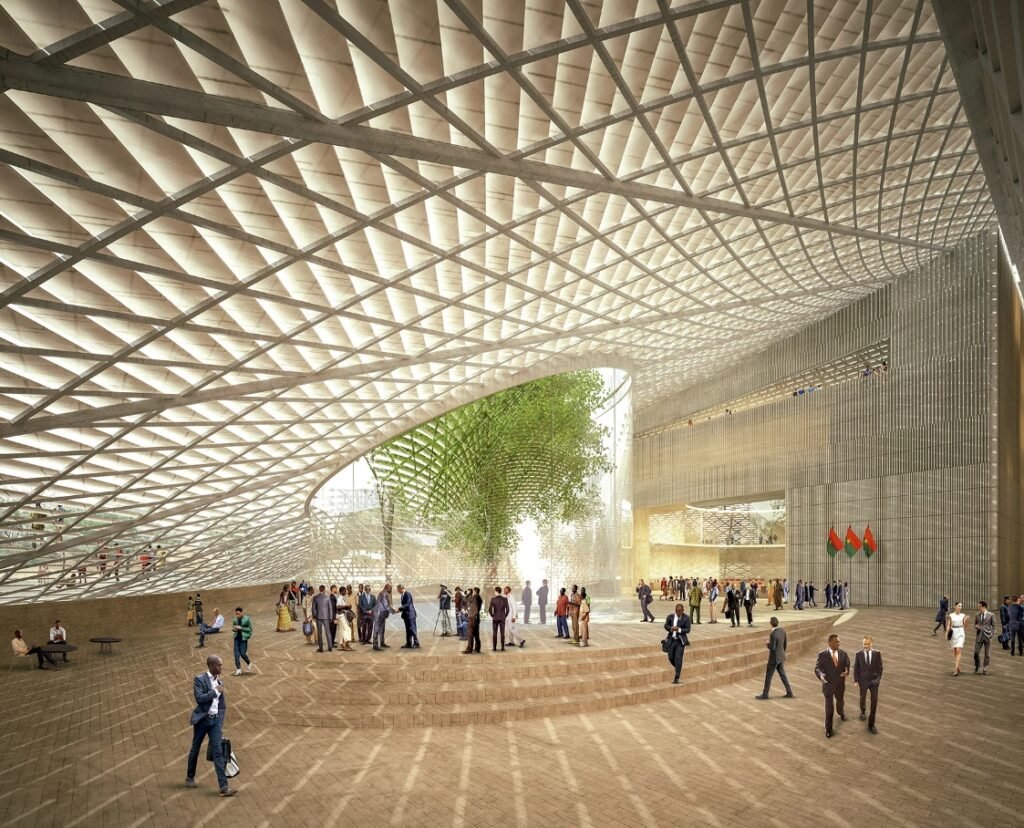
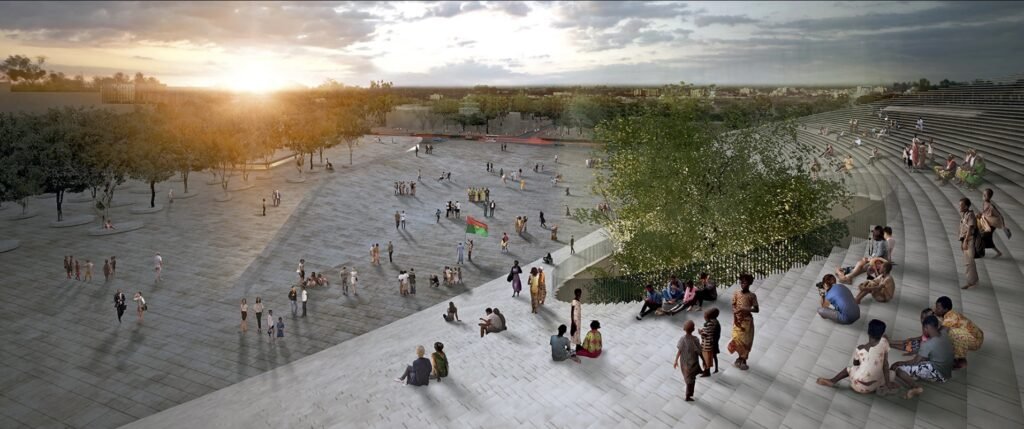
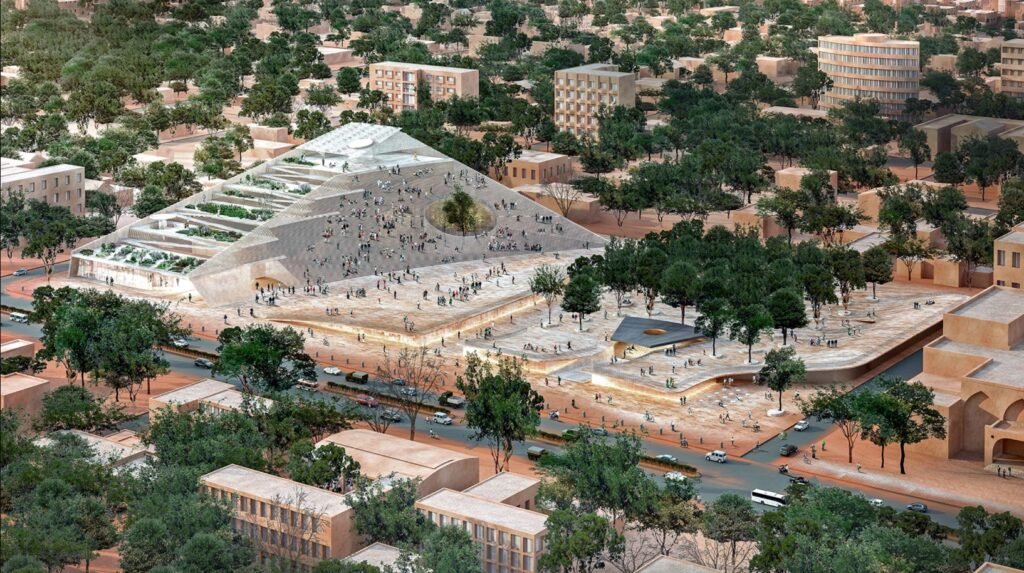
Marwa Al-Sabouni (Syria)
Al-Sabouni’s work focuses on rebuilding war-torn communities in Syria through participatory design and the use of local materials and traditional building techniques. Her approach emphasizes the role of architecture in promoting social cohesion and cultural continuity.
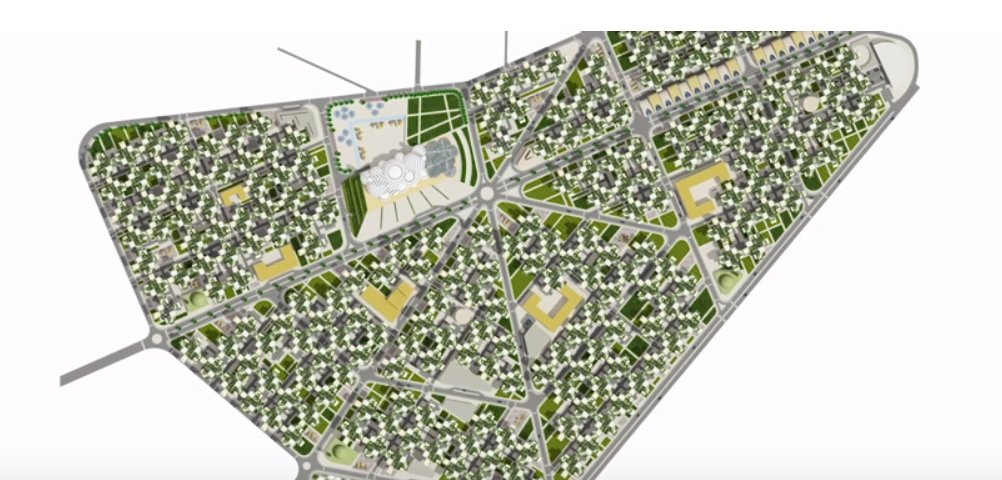
Regeneration Plan
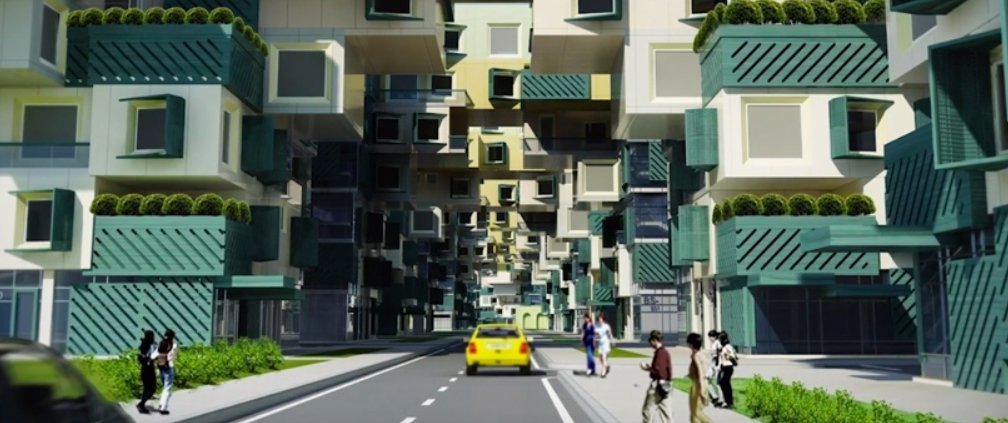
Rural Studio (USA)
This design-build program, run by Auburn University, engages students in creating affordable, sustainable, and innovative housing solutions for underserved communities in rural Alabama. Projects like the 20K House and the Lucy House demonstrate how thoughtful design can provide dignified, accessible homes at a low cost.
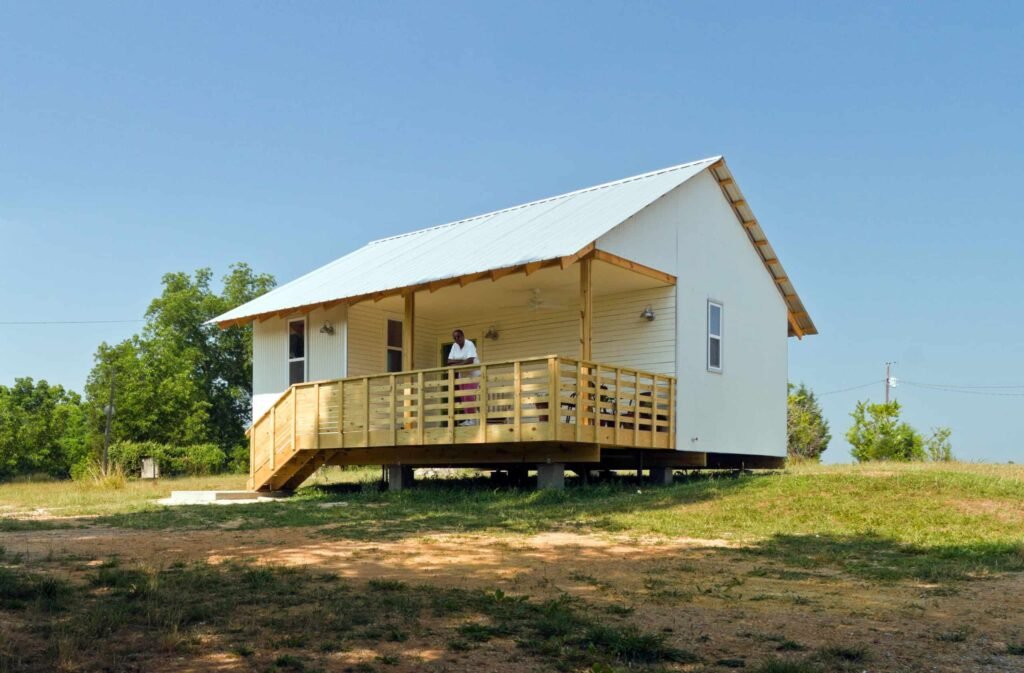
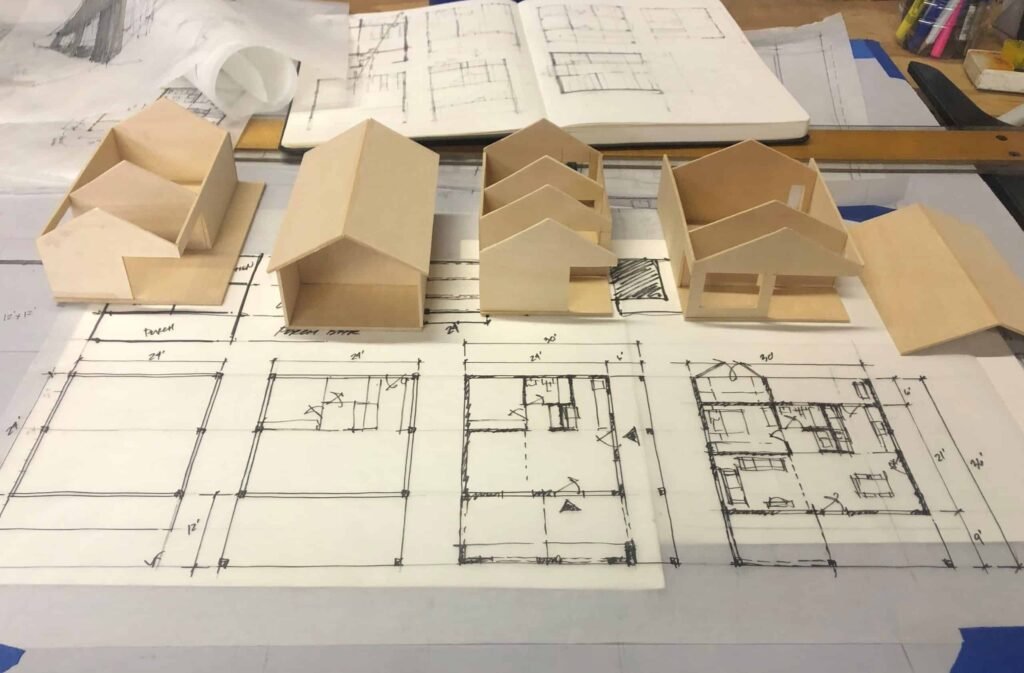
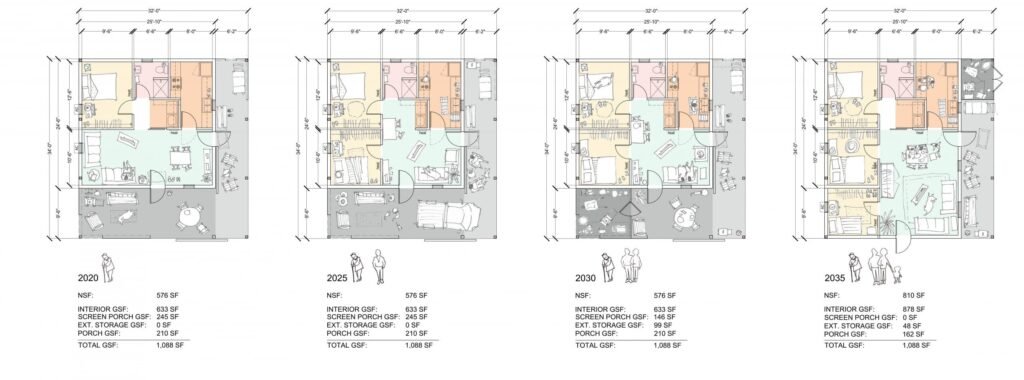
These architects and their projects showcase the potential for architecture to address pressing social issues and create more equitable, accessible, and affordable built environments. By prioritizing community engagement, local materials, and adaptable design solutions, they demonstrate that architecture can be a powerful tool for positive social change.
